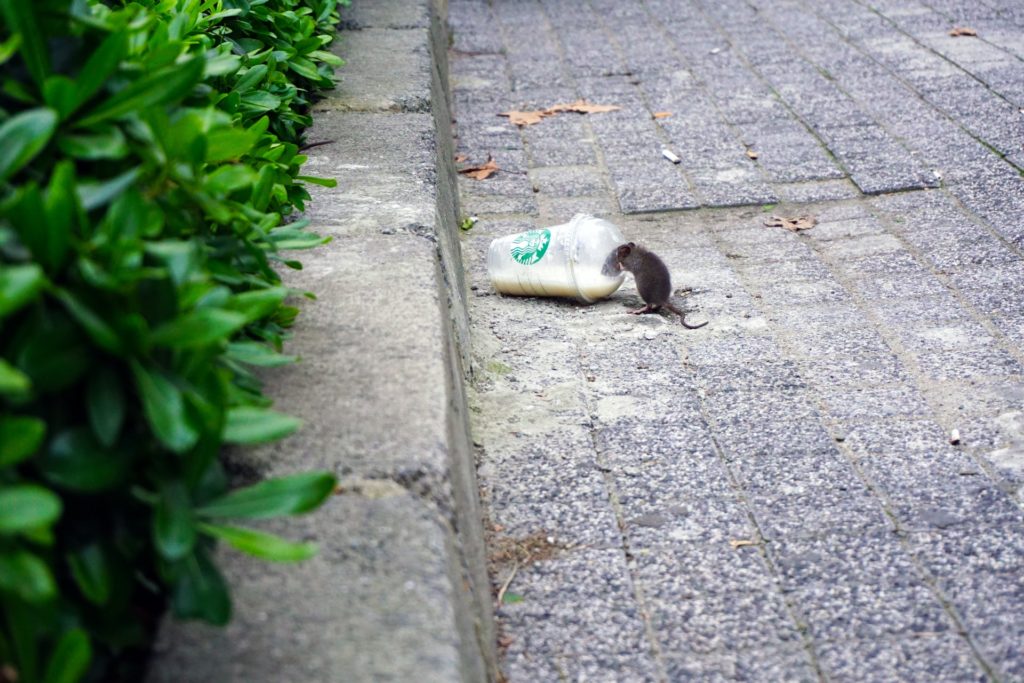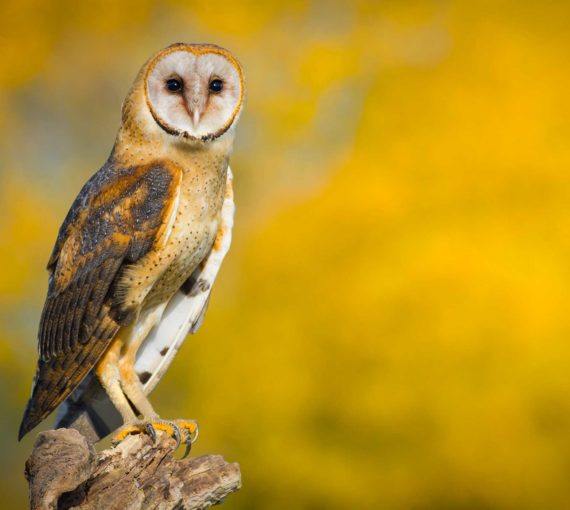The natural world is perpetually changing. One of the more recent —and unsurprising— shifts is that nature is becoming more homogeneous.
Nevertheless, a 2019 study published in the journal Science caused some consternation when it revealed that while ecosystem dynamics changed in the biomes the researchers reviewed, the numbers of species living in them did not necessarily decline. Rather, species native to the areas or that depend on undisturbed habitats were replaced by non-native invaders and species that adapt well to human-created landscapes. “Most of the losers are rare, endangered and endemic species, while most of the winners are common, generalist and invasive species—rats, mosquitoes, water hyacinth and the like,” notes a commentary published by the Yale School of Forestry and Environmental Studies.
The study does not downplay or deny the mass extinction crisis that continues to unfold. But it does raise several questions. Are nonnative species less ecologically valuable than native species? How are we humans to reconcile ourselves to these emerging homogenized ecosystems? Should we champion species that are being wiped out due to habitat loss, or merely learn to embrace the new ecological normal?
…our knowledge of the myriad ways that nature is held together is insufficient for fully understanding its complexity.
While humans depend on functioning ecosystems, the case can be made that we do not need all existing species. No human population collapsed when the last great auk or Tasmanian tiger died, and although many people relied on passenger pigeons for food, they adapted once that species became extinct. There is little doubt that some sets of species interactions serve as linchpins keeping functional ecosystems in motion, but our knowledge of the myriad ways that nature is held together is insufficient for fully understanding its complexity.
Some people have suggested we need to check our reactions to newly flourishing species that, to put it plainly, are not from around here. Barry Lopez, for example, argues in his new book, Horizon, that our attitudes toward non-native species echo xenophobia. “The chief objection local people have to ‘invasive species’ is that they can so quickly eradicate the familiar, the valued, and the iconic, can so easily turn what was once thought to be beautiful into what is considered aesthetically offensive. Some people come to feel that the arrangement of life that was formerly in place was intrinsically more valuable than what has replaced it.”
While the negative reaction toward invasive animals and plants that move into and alter ecosystems and the hostility some people have to immigrants may share some similarities, a stark difference overrides the comparison: the arrival of invasive species tends to increase homogenization while immigration increases diversity.
Humans and the animals we husband for food sources already make up 96 percent of the biomass of living mammals.
There is something jarring about reshaping a planet so that it is hospitable only to species that do well by us. Humans and the animals we husband for food sources already make up 96 percent of the biomass of living mammals. What is to become of others that are shy and depend on wilderness—the snow leopard, the caribou, the orangutan?
The study in Science reminds us that nature is constantly reacting to the impact of our heavy touch. So, too, do humans change in response to nature. And change we must if we are to continue to share the world with the multitudes of natural life that, in the words of ecologist Carl Safina, “anchor beauty to the face of this planet.”
This op-ed was originally published in ON Nature Magazine
Our Work
Always grounded in sound evidence, the David Suzuki Foundation empowers people to take action in their communities on the environmental challenges we collectively face.




